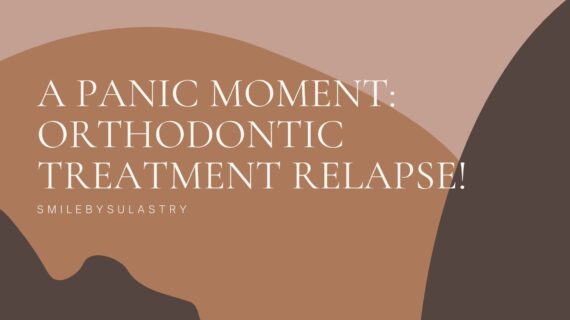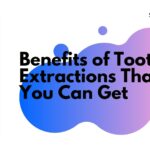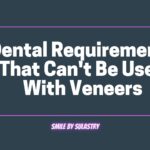It’s the best day ever in your Orthodontic treatment to relapse. You’ve been finished 90% of your Orthodontic treatment, your teeth are aligned, and it’s time to take the braces off!! You provided with a new retainer that you make on your good word that you will wear it every day and take care of it.
Months pass and you can’t remember when was the last time you wear it, suddenly you look at the mirror and noticed that your teeth have shifted! It’s a panic moment and you call your orthodontist immediately.
Periodontal tissues require time, usually about one year, to reorganize and solidify after treatment. Then bone and tissues need to adjust to the new position of teeth. Retainers facilitate this adjustment and protect teeth from forces that contribute to relapse in the future.
The risk of relapse is always present. There are many factors that contribute to this process such as teeth grinding, genetics, tooth loss, and age. So, how to protect the investment you’ve made in orthodontic treatment? A retainer is an answer.
When the orthodontist treatment to relapse job finished, your job is starting, and it’s a lifetime commitment.
There are many types of retainers available, including removable Hawley and Essix retainers and fixed retainers.
Image result for orthodontic retailers image result for orthodontic retainers
Image result for fixed retainers
Hawley retainers are made of acrylic and metal. Essix retainer is a clear plastic retainer that resembles Invisalign aligners. It’s discreet and fits precisely over each tooth and meets the aesthetic needs of teens and adults. Fixed retainers offer permanent retention through lightweight wires that are bonded to the backside of teeth. Maintenance is key to proper retainer use. Removable retainers are easy to keep clean and easier to keep your oral hygiene good.
A fixed retainer is more comfortable to use since you don’t need to put it on every day, but need to clean the teeth properly as food debris often trapped between wire and tooth. Which retainer is suitable for you? Have a consultation with your orthodontist about it. The final result of these retainers is the same as long as you commit to wearing them.
However, patients have to promptly visit their orthodontist for treatment for relapse for follow-up, retainer repair, or replacement.
Finally, Good luck with your retainer!
read to Self Ligating Brackets Answering my Patients Question




